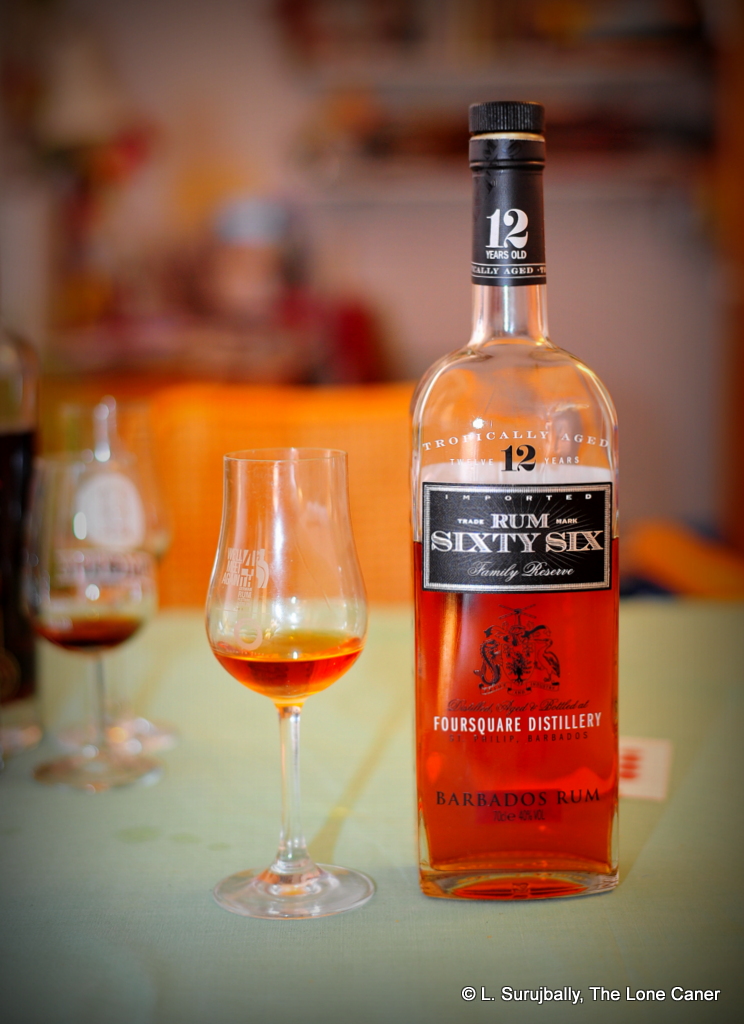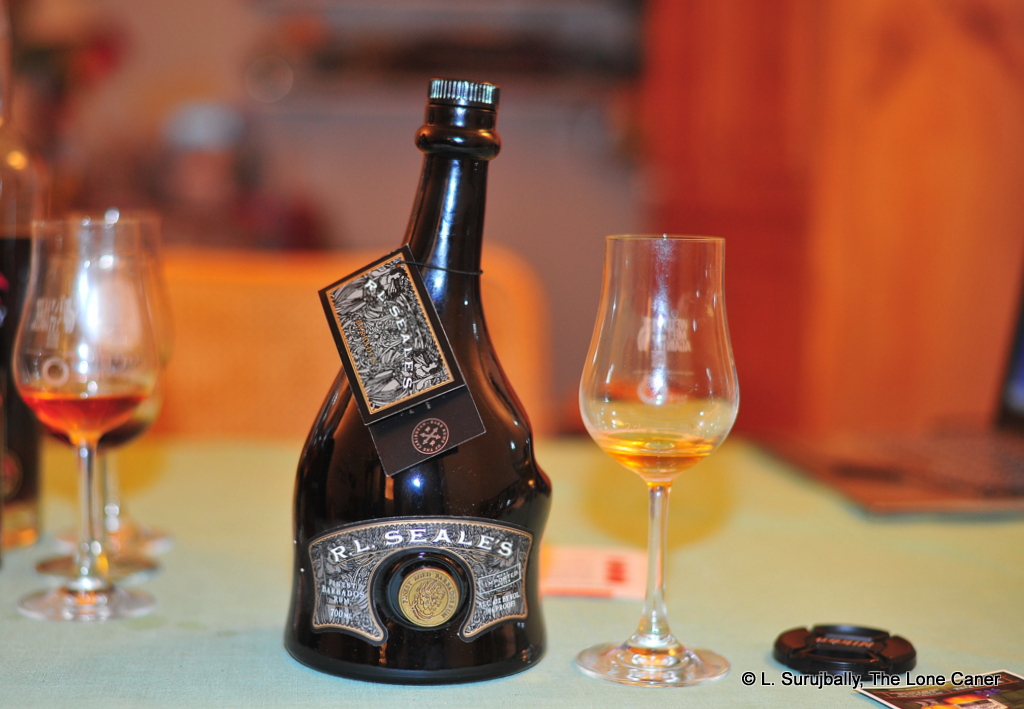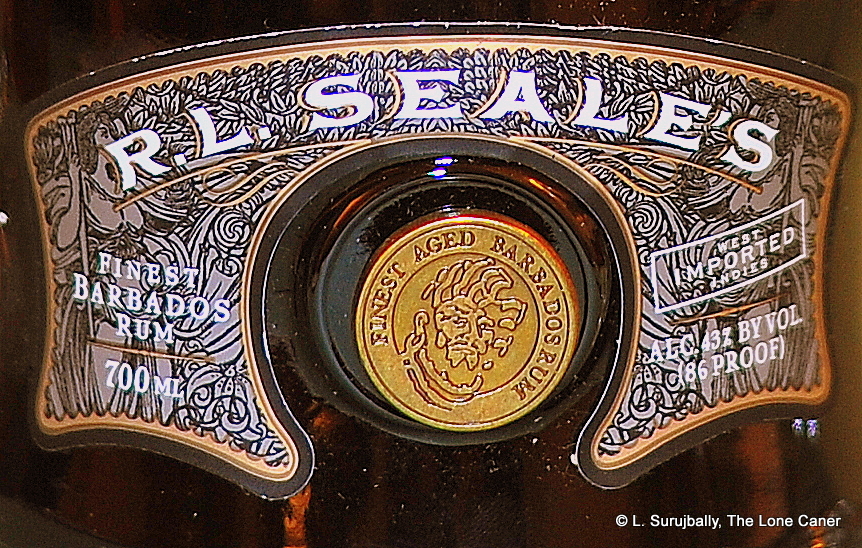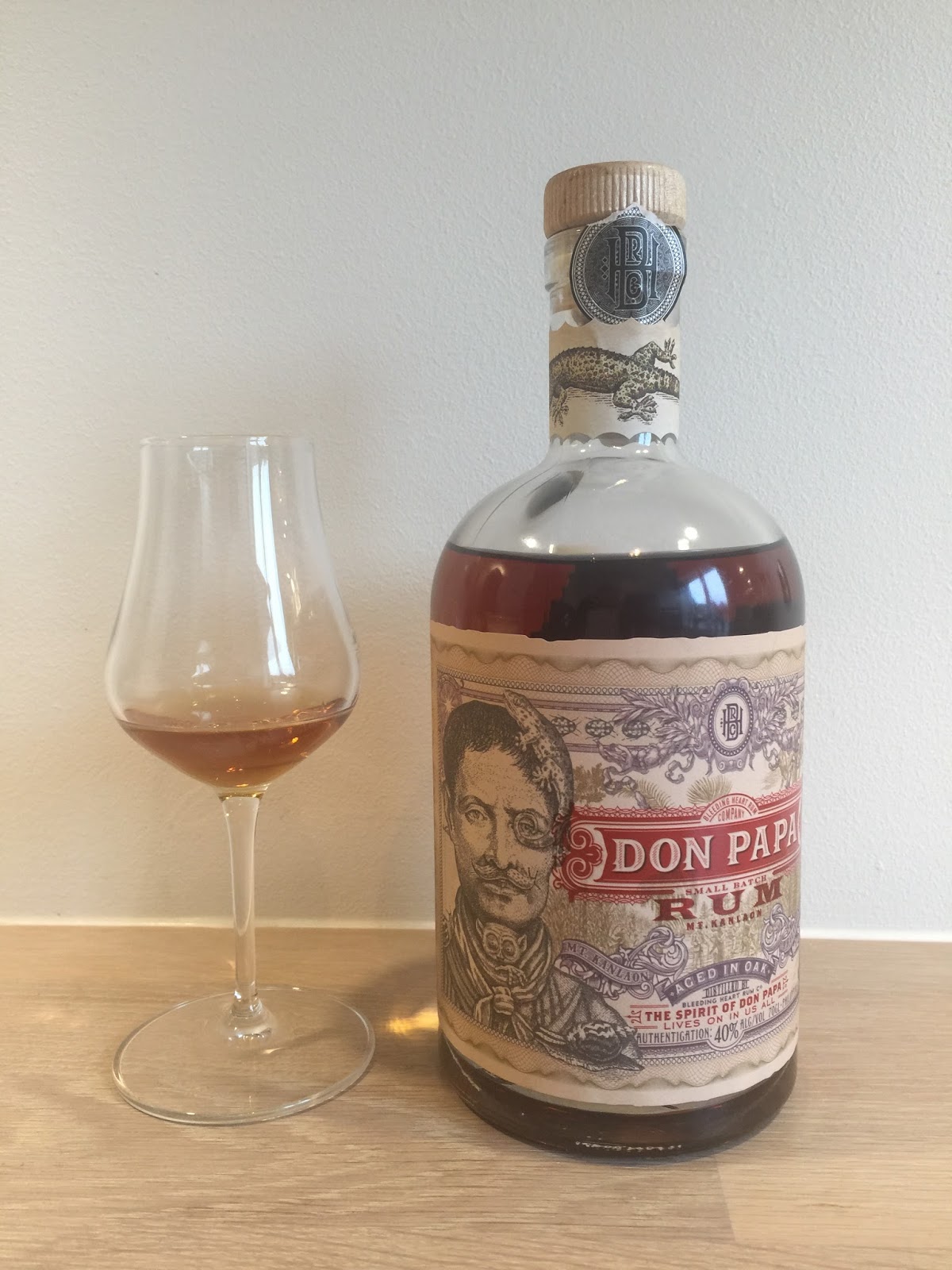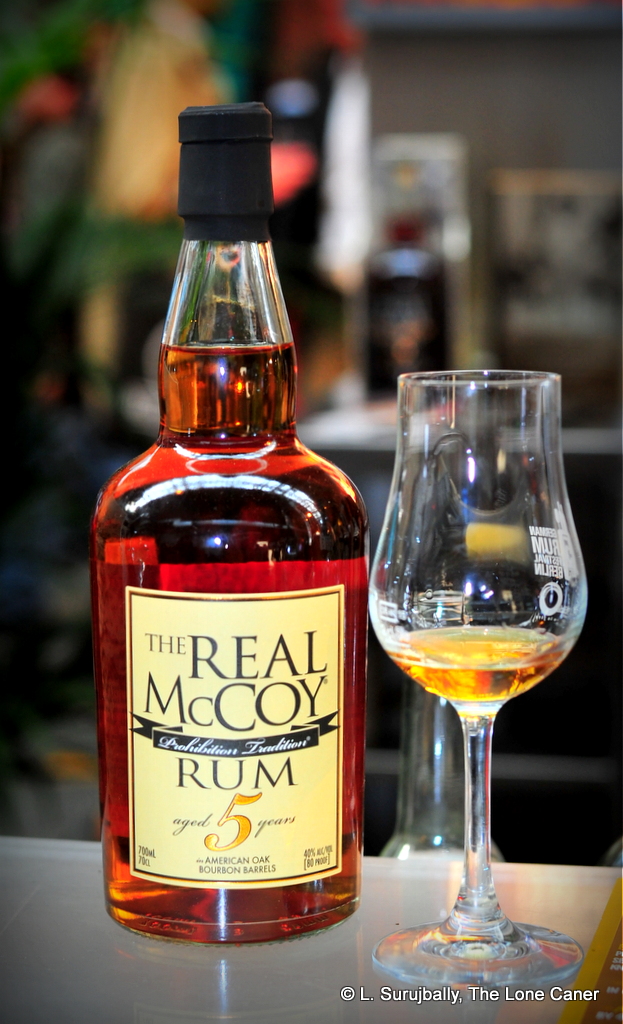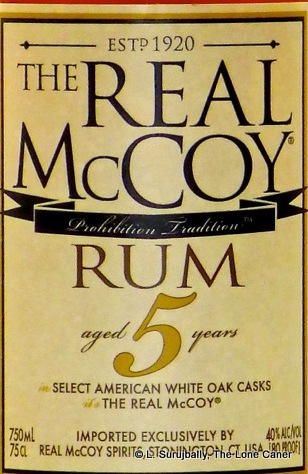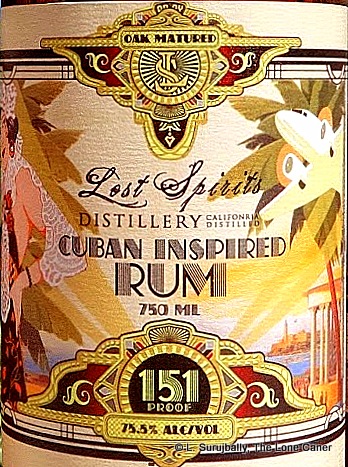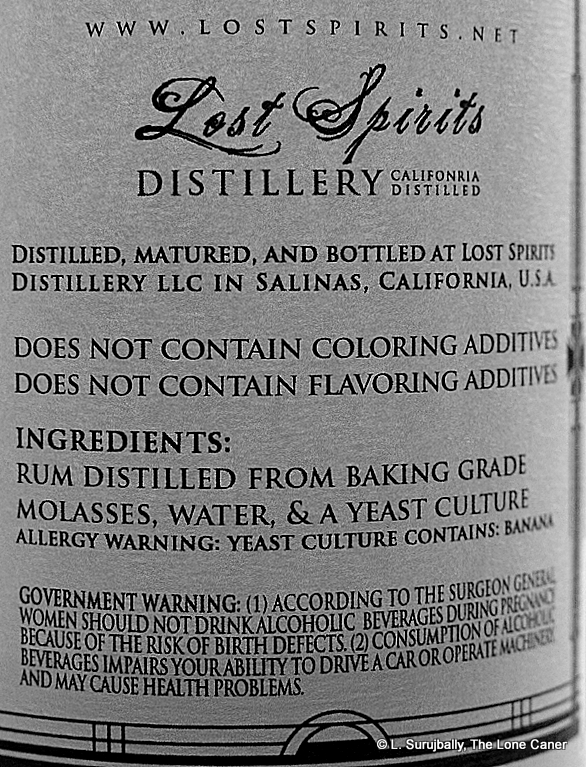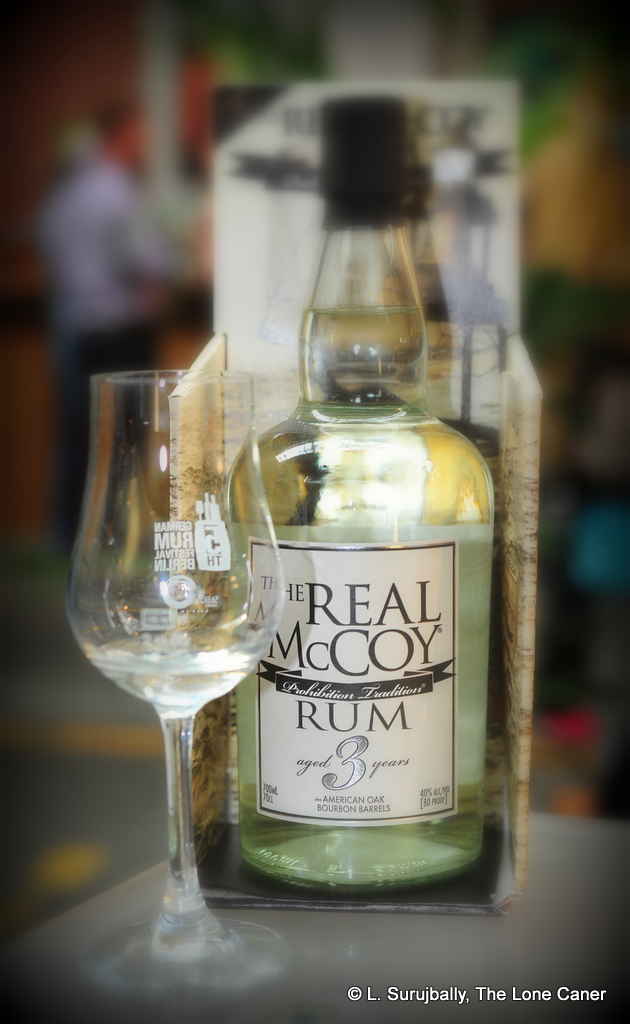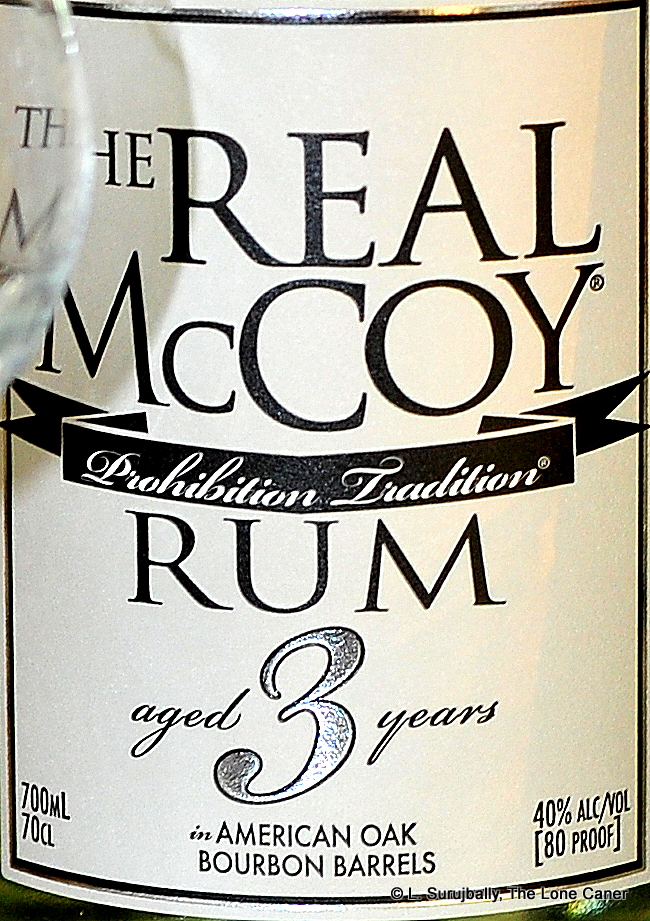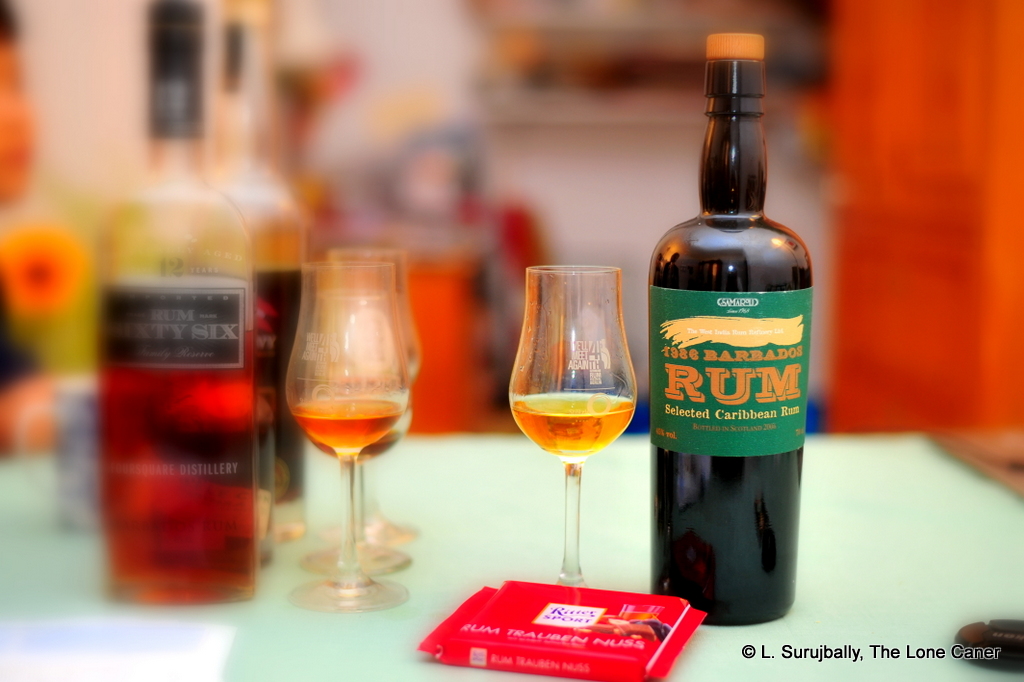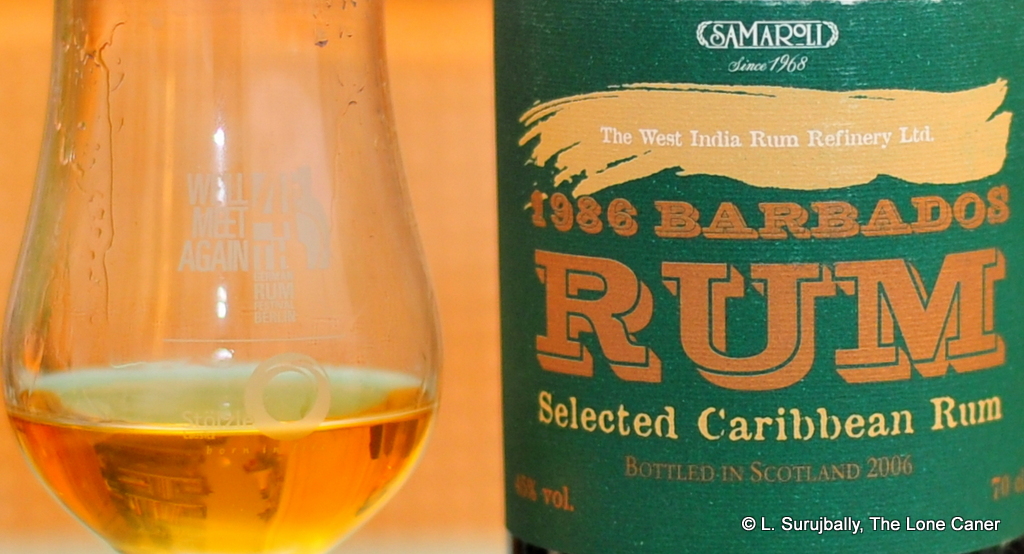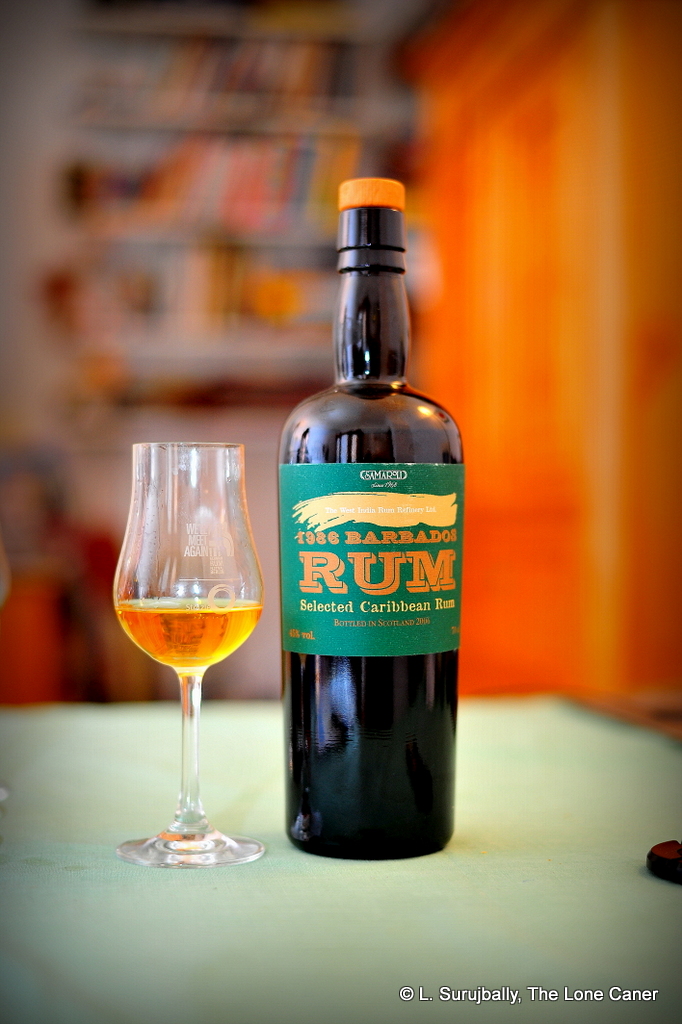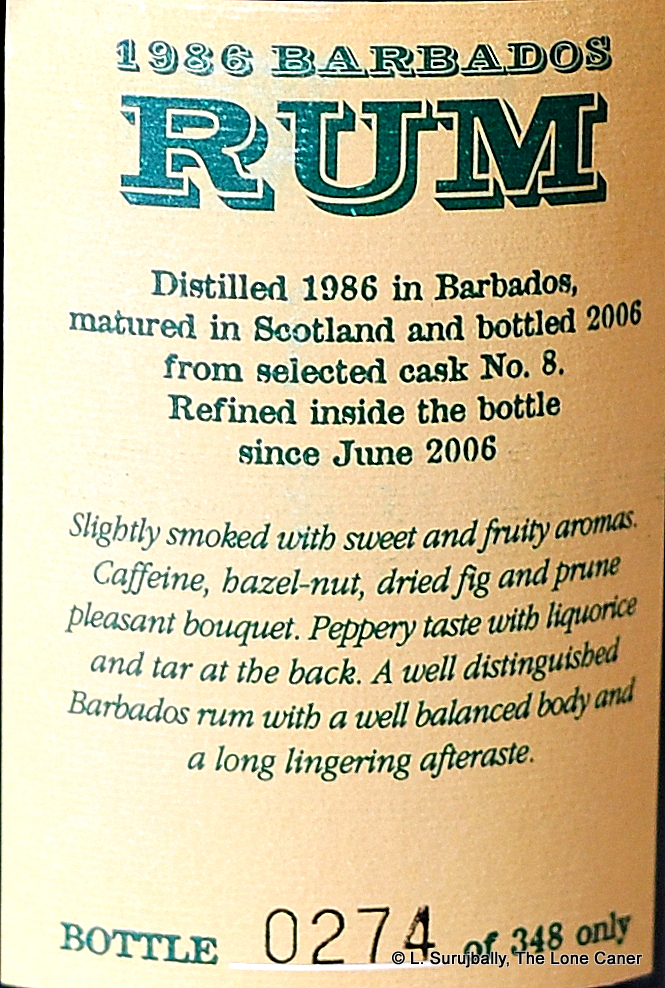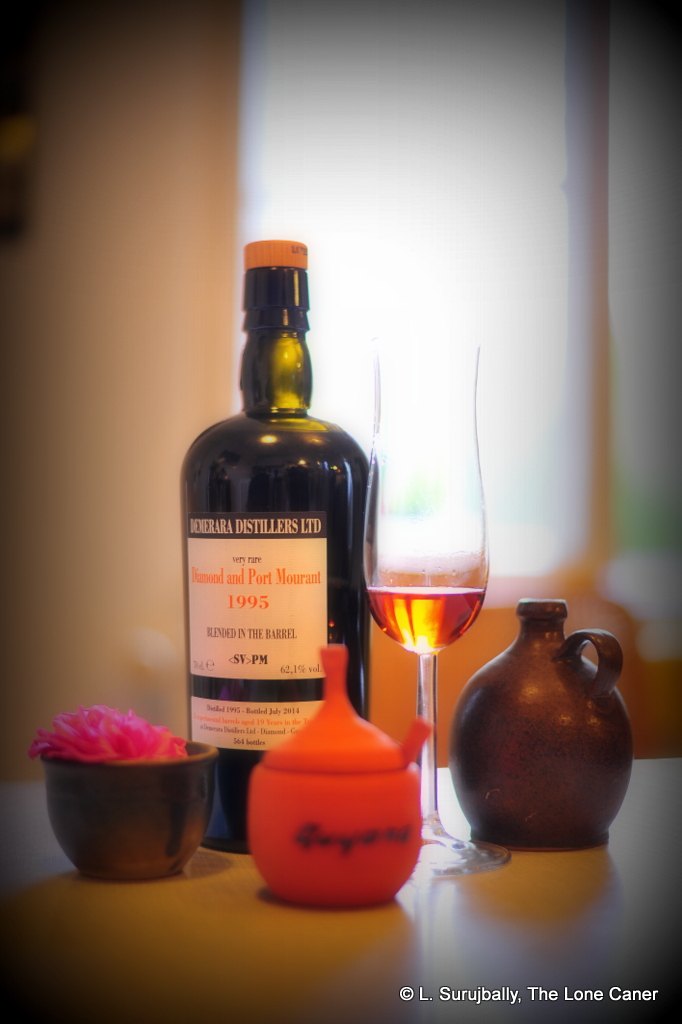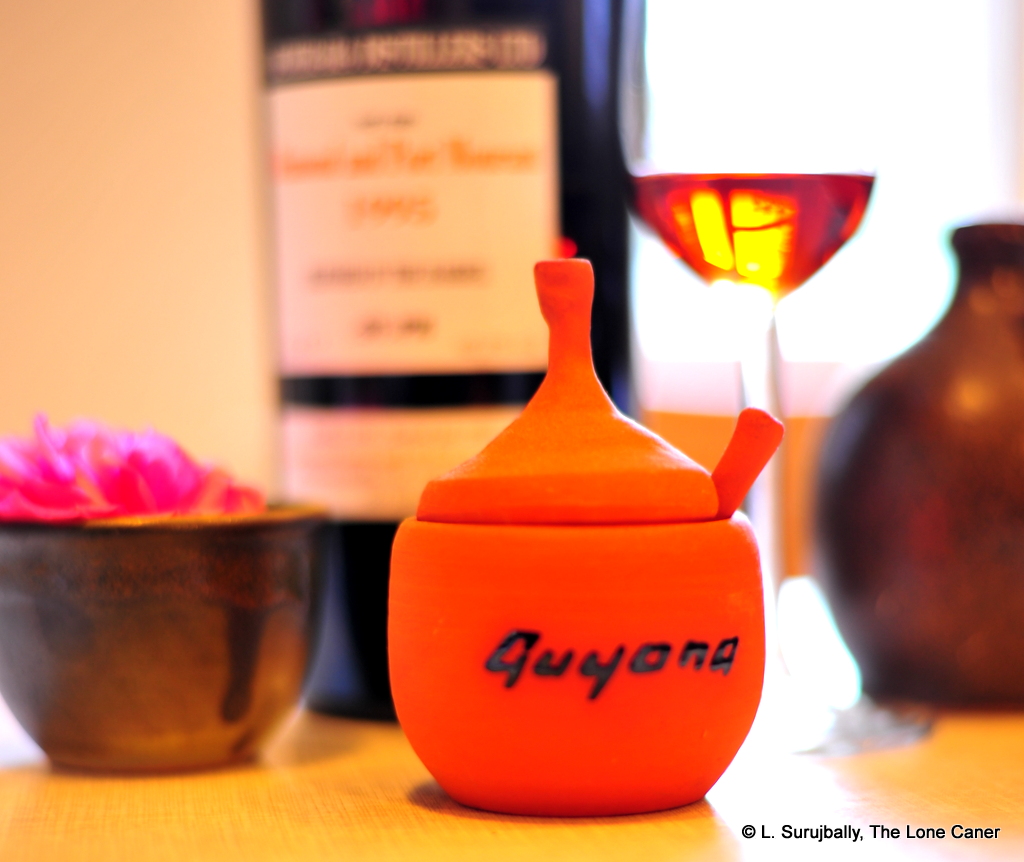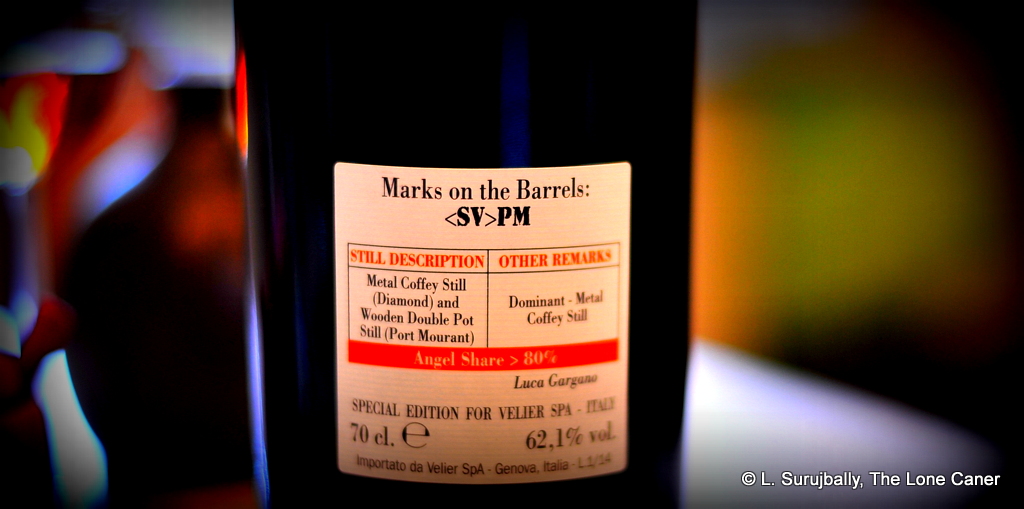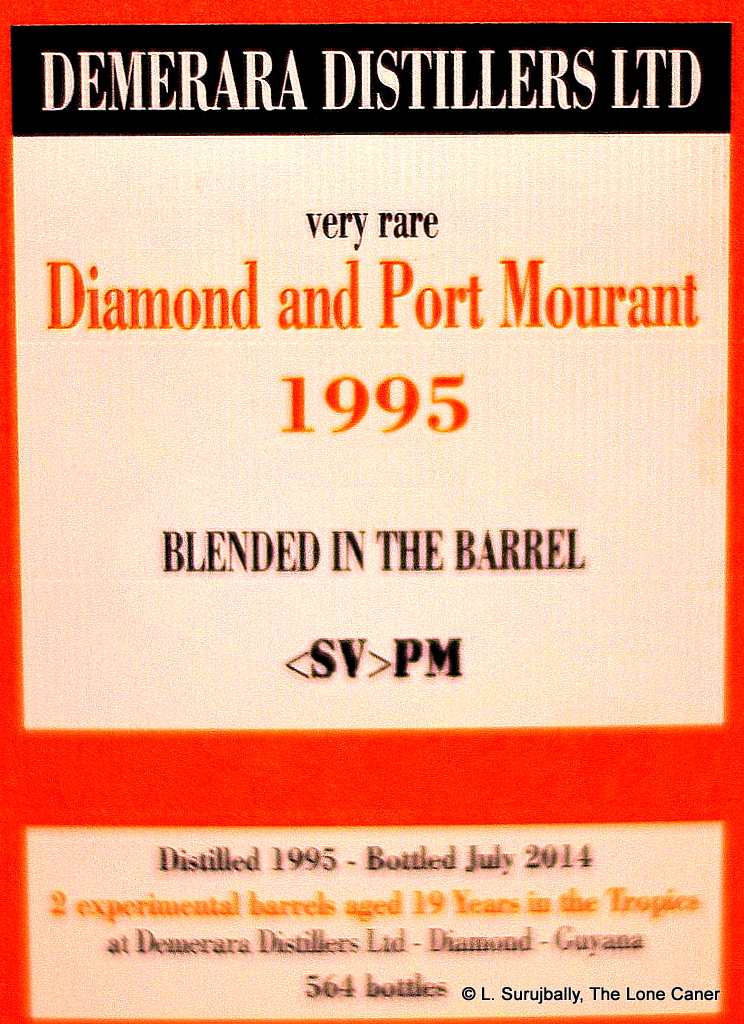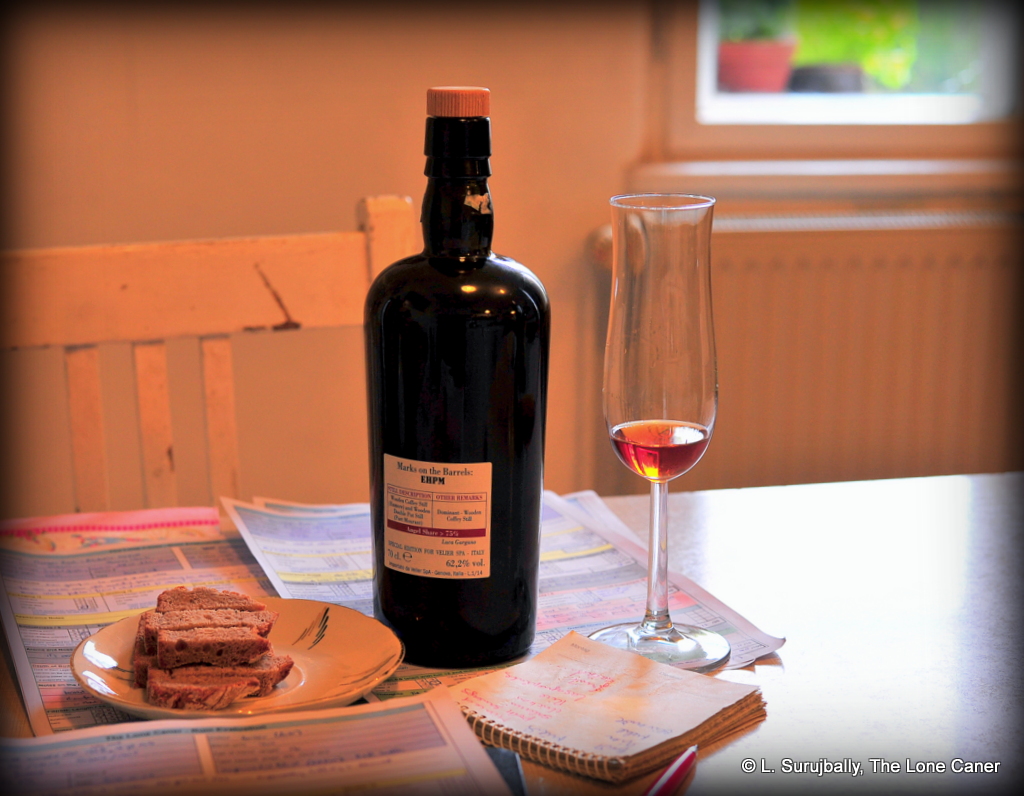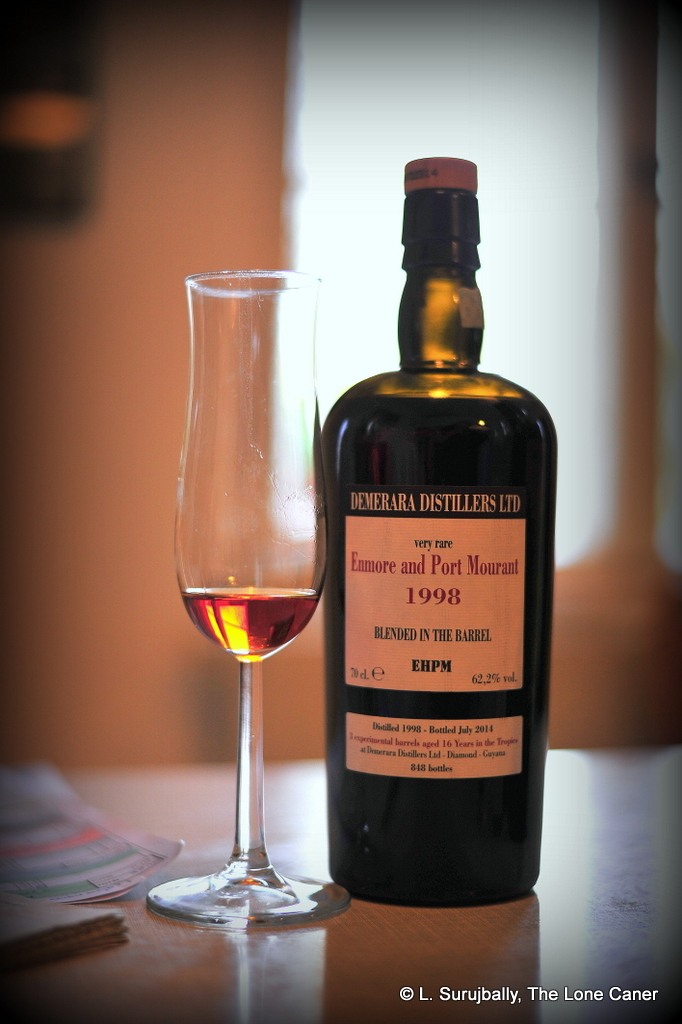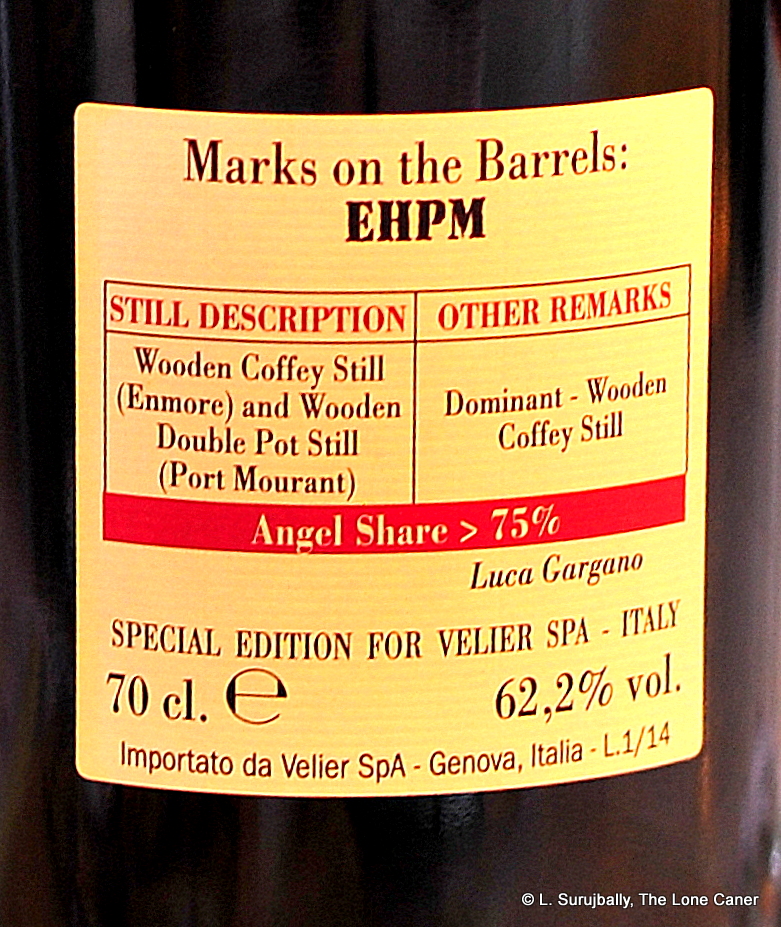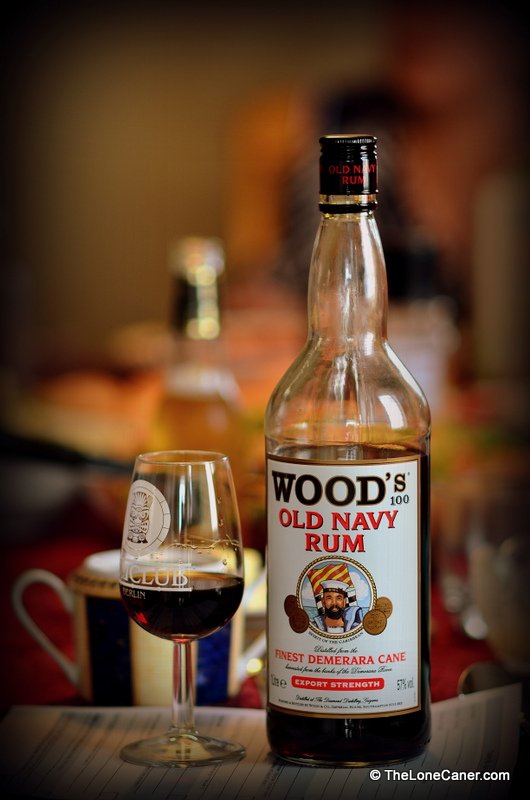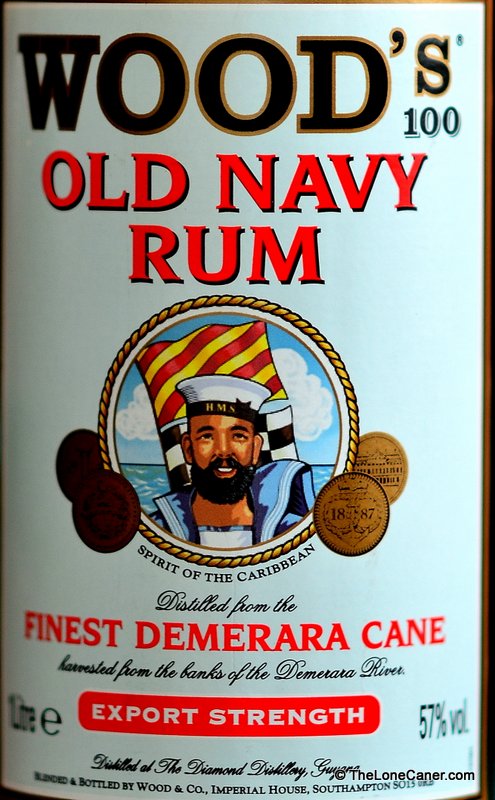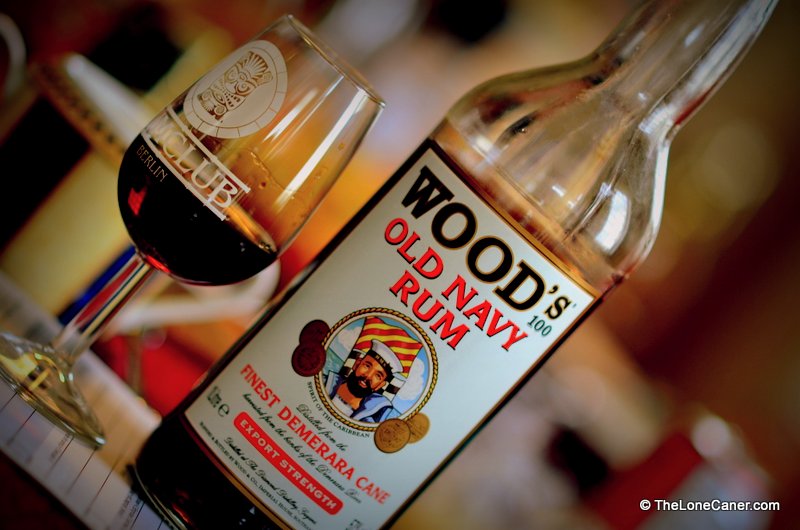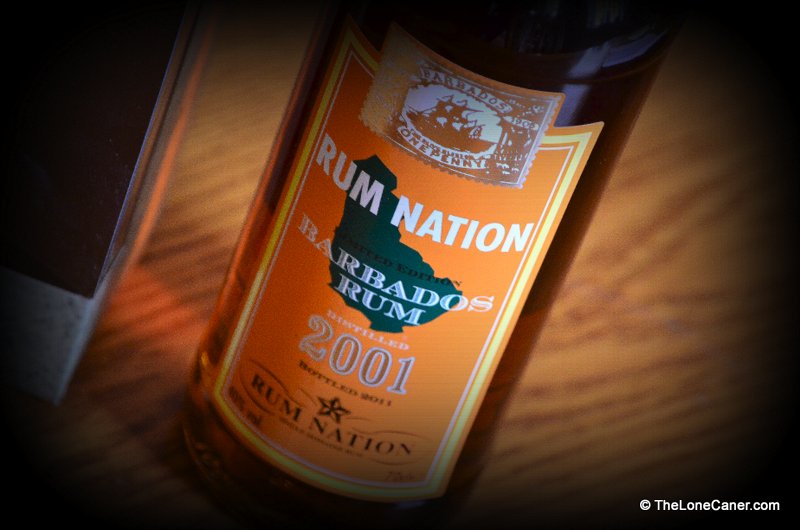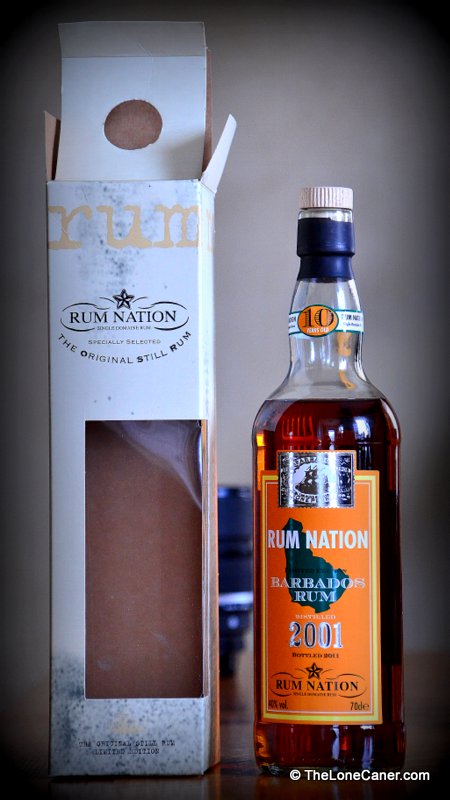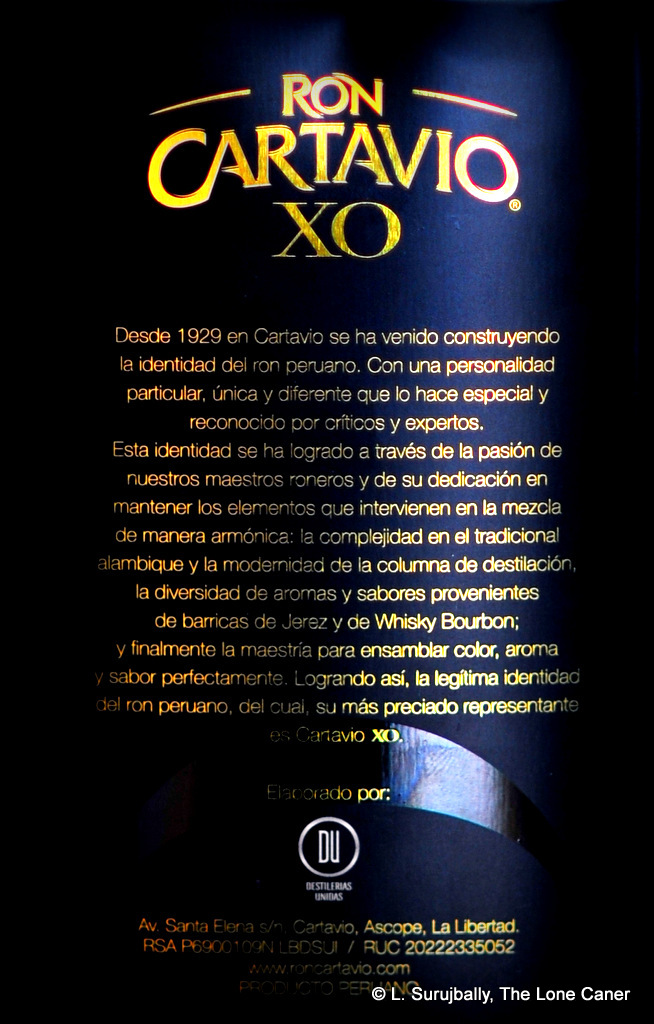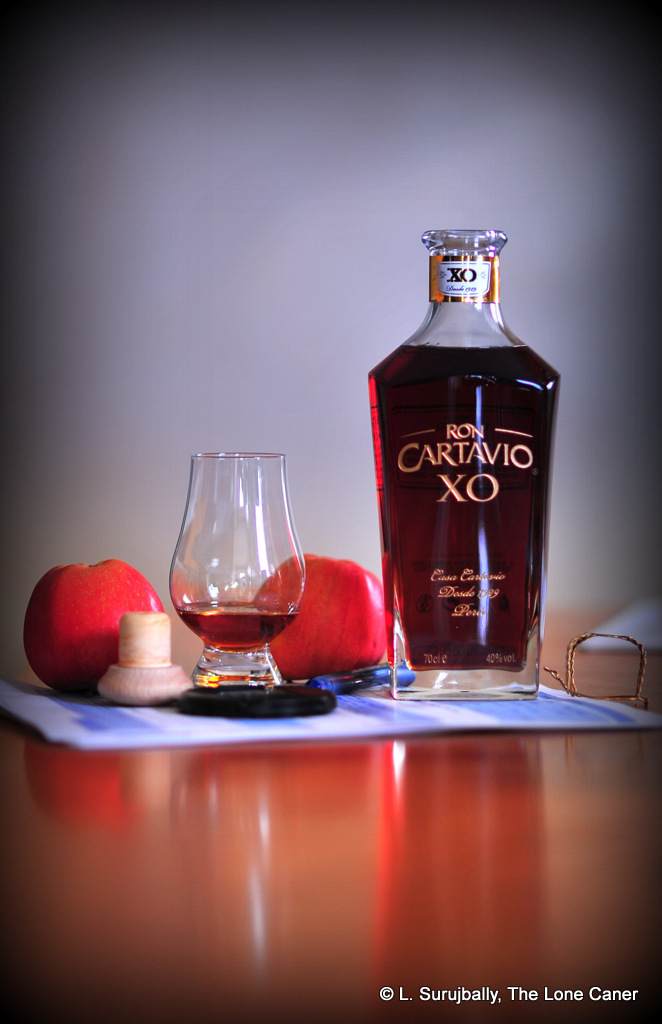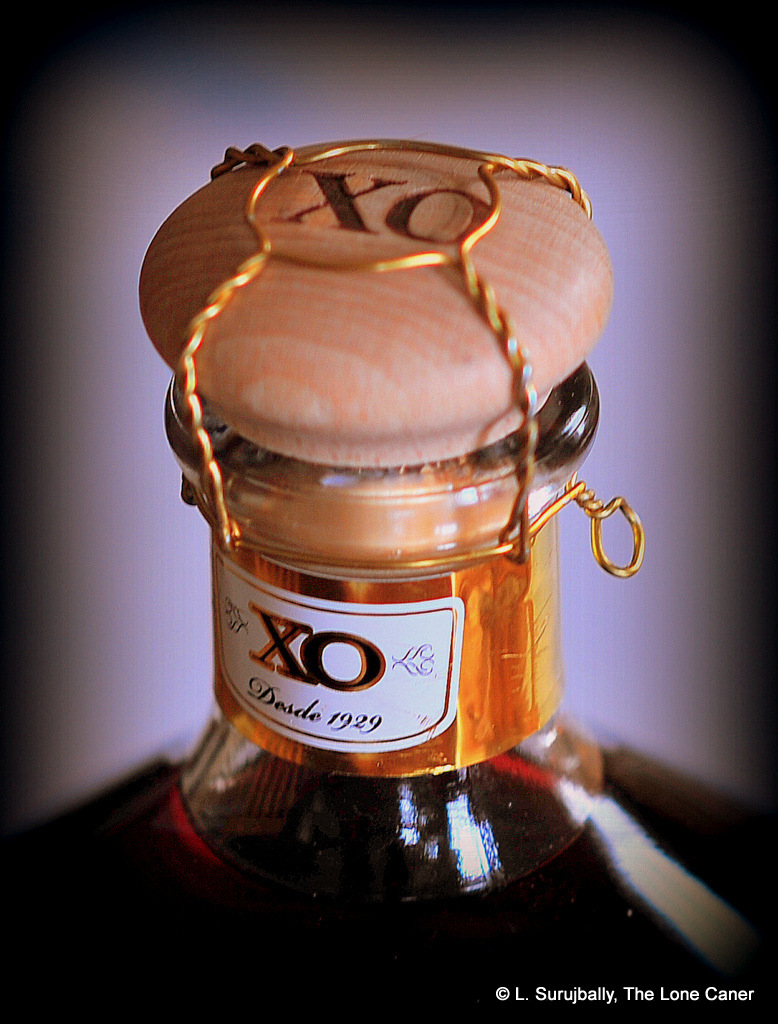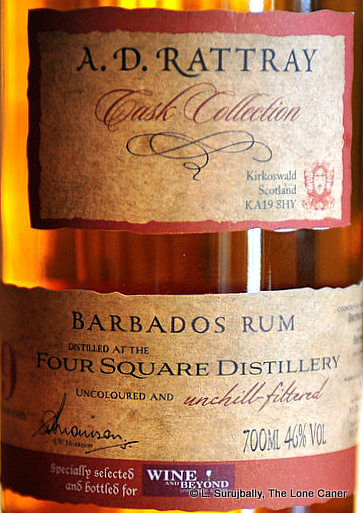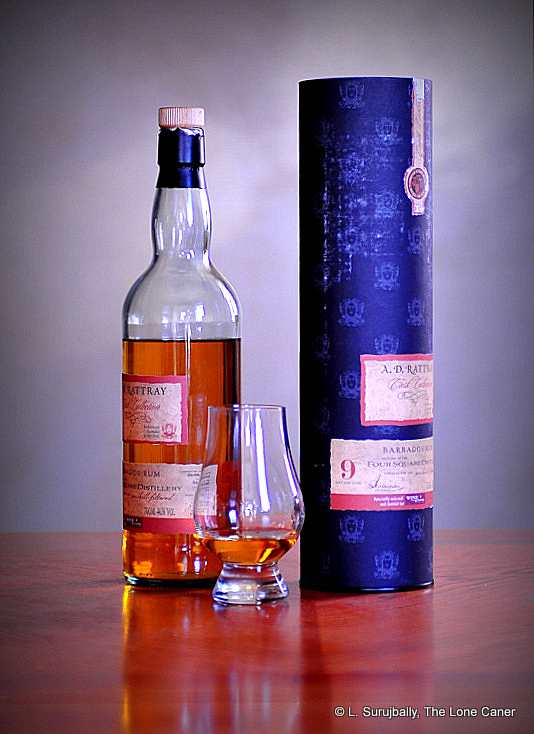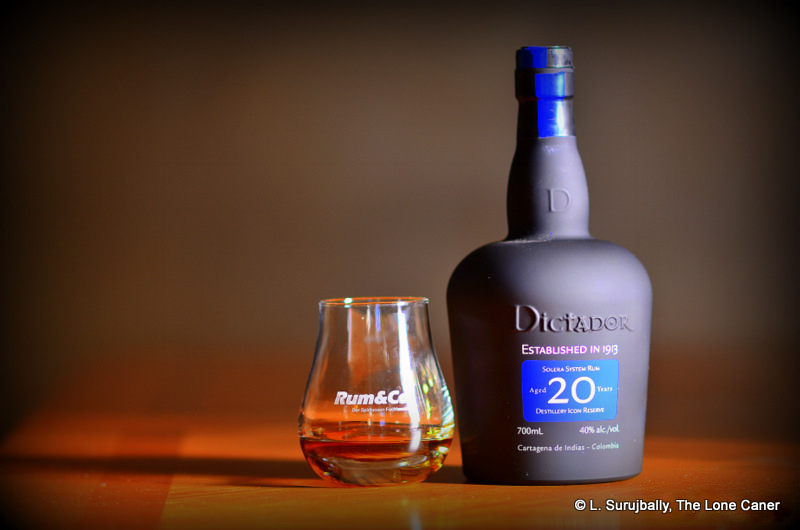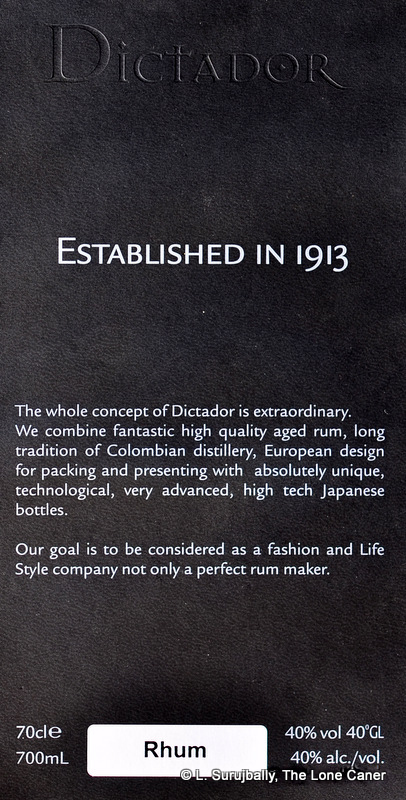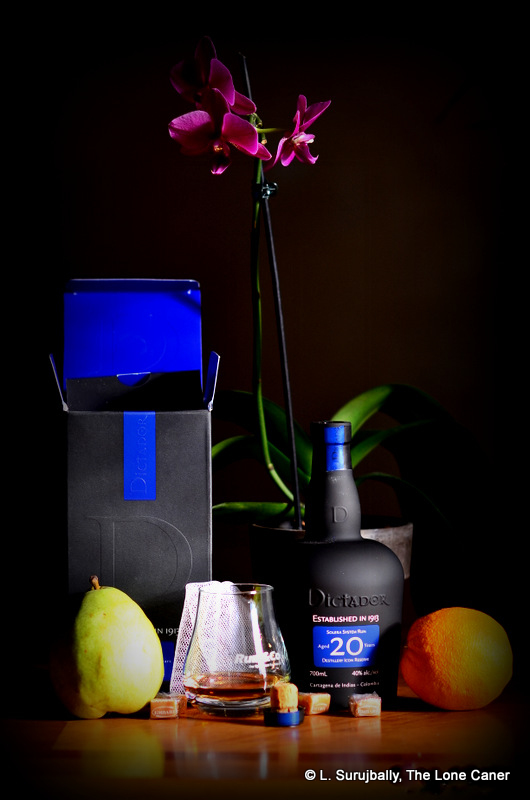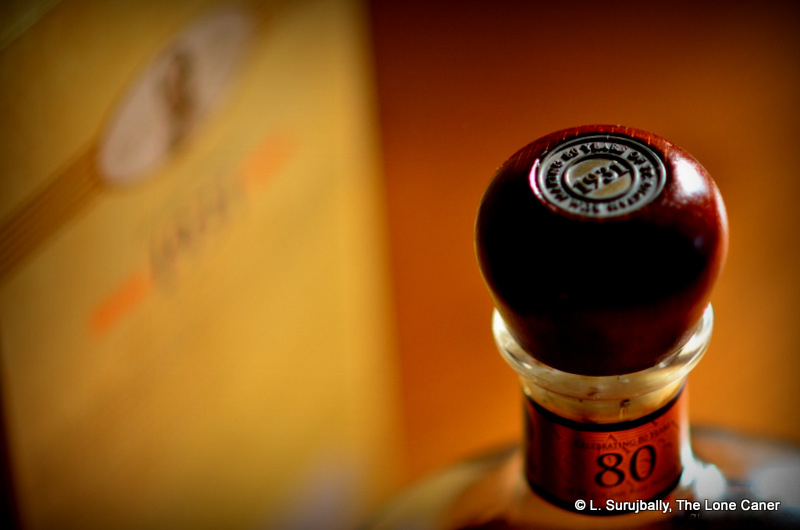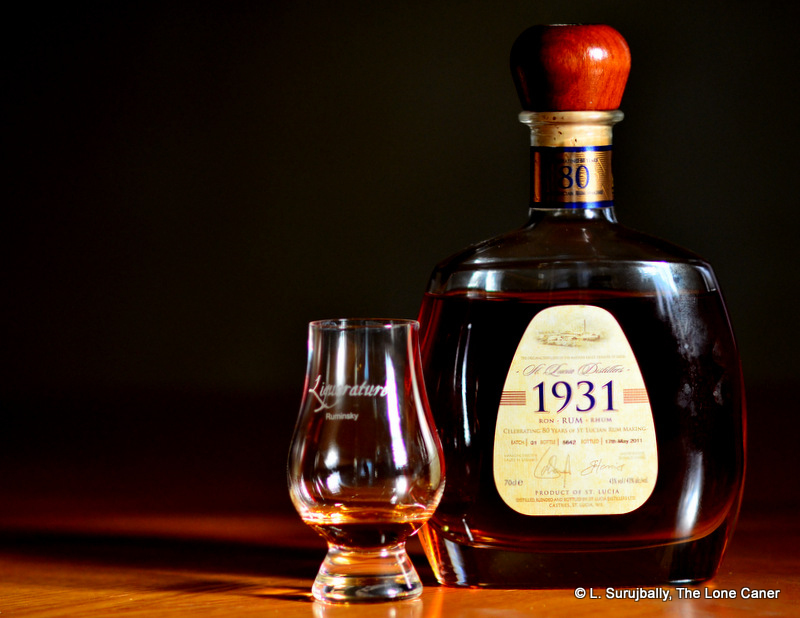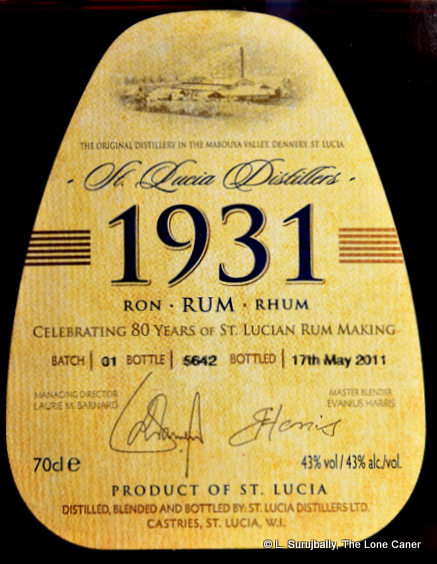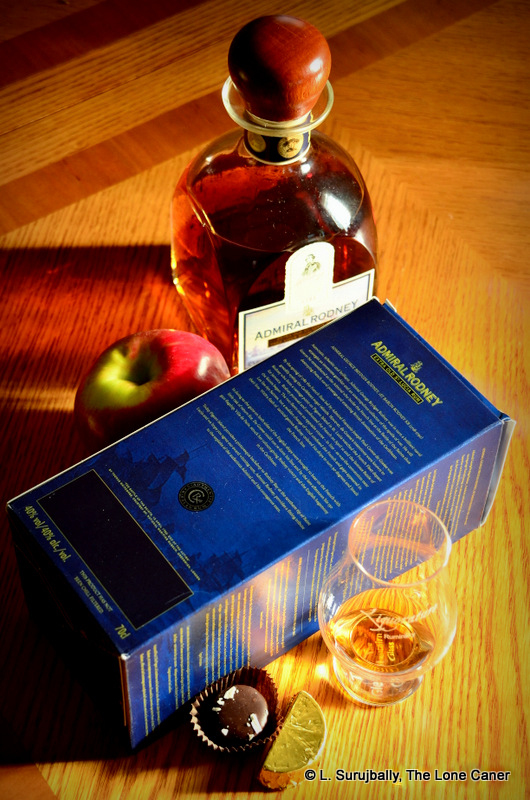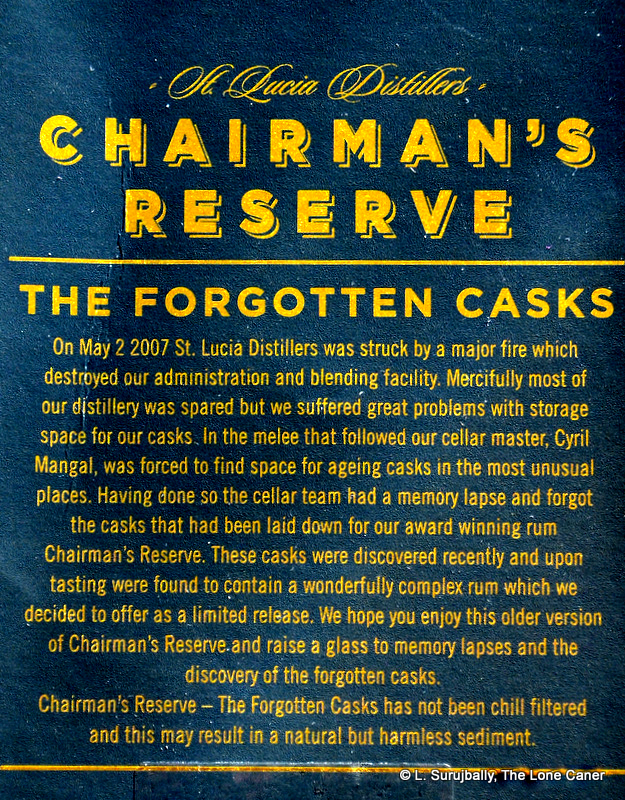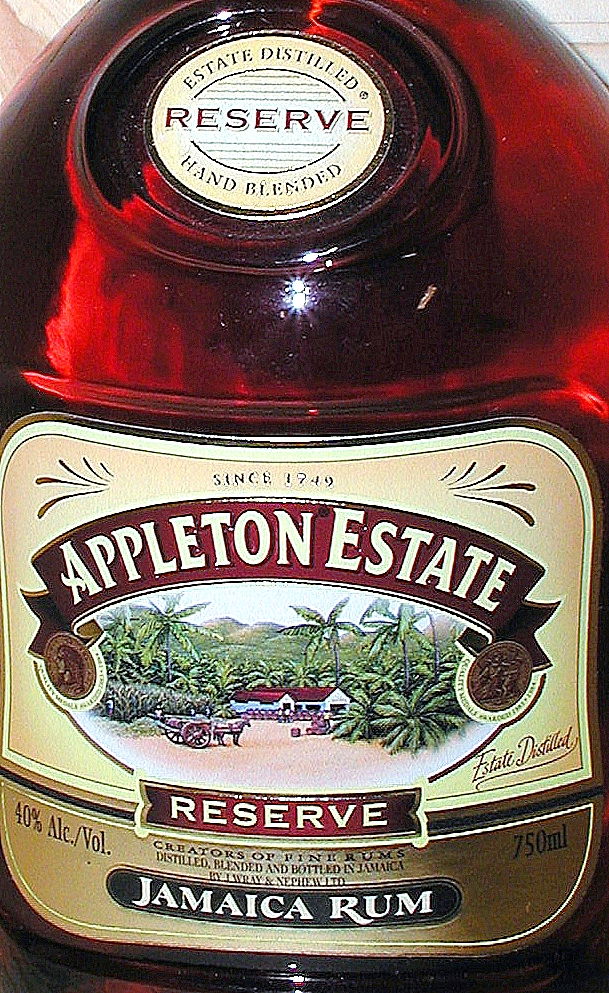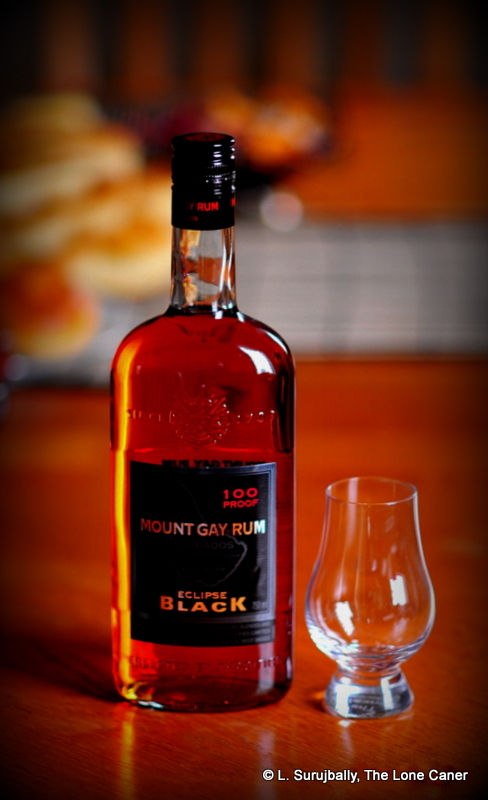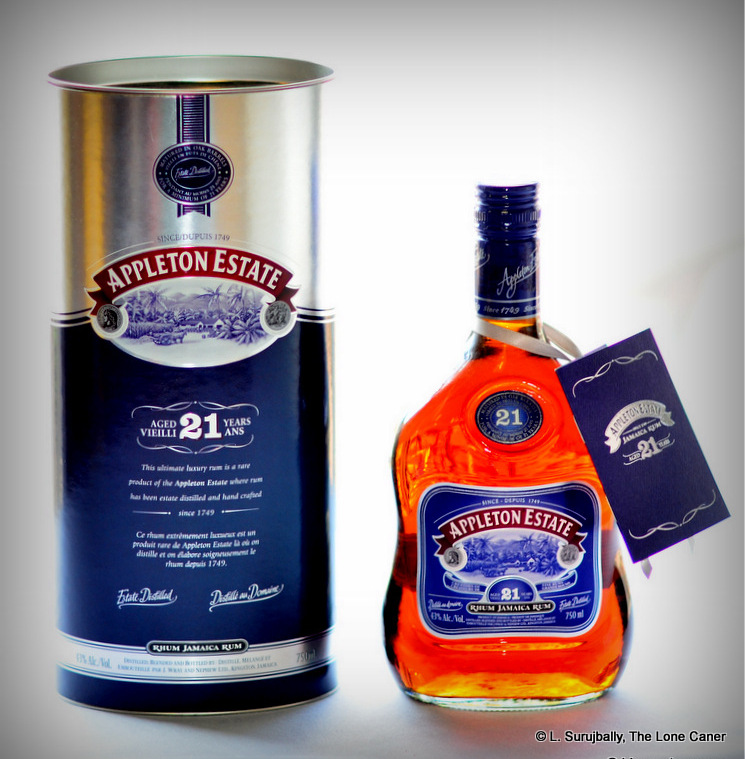When a rum makes you want to try its stronger brother, you are left asking whether it has failed or succeeded.
#330
It must be a preference thing. My son the Little Caner (rapidly becoming the Big Caner) loves chocolate ice cream but detests the salted caramel Haagen-Dasz I scarf by the bucketload (before being noisily sick in the outhouse). My father (Grampy Caner) can’t get enough of El Dorado 15 year old yet I can’t get him to touch a full proof without shuddering. As for me, while I enjoy rums from around the Caribbean, have never been able to get a grip on Bajan rums as a whole – Mount Gay and FourSquare in particular – in spite of all the other critical plaudits that these companies garner from other corners of the rumiverse.
With that in mind I picked up a bunch of Barbadian rums back in 2015 and put them through an exhaustive wringer then, and again in 2016, just to see whether the passage of time changed anything. To some extent, the experience dispelled a few preconceptions, while confirming others. In fine, it’s a decent 40% sipping rum that breaks no new ground and could, I think, be pushed to higher strength without losing anything in the process.(And indeed, there is a recent series of 2016 releases of the 66FR which are both cask strength (50%) and slightly stronger than mine here (42%) as well as a new 6 year old, so for sure I’m not done trying Foursquare’s offerings any time soon.)
Foursquare Distillery was the last remaining family owned outfit in Barbados until St. Nicholas Abbey opened up for a business nearly a decade ago. The “66” in the moniker refers to the Barbados Independence Act of 1966, when Little England severed its colonial ties with Britain, while the “Family Reserve” reflects its origins in that small part of the company’s production which had heretofore been reserved for the Seale family (or so the marketing materials suggest). The rum is a blend of column and copper pot still distillate, with a 65% ABV spirit set to age in white oak barrels for twelve years when already married – in other words, the blend is not done after ageing, but before…the reverse of the process most other makers follow when producing blended rums.
 Certainly the blending regimen and the age did their work reasonably well. The nose was very smooth and warm, with light, almost delicate notes of wax, brine and paint leading off, which disappeared quickly. A solid blast of brown sugar took their place, plus slightly off tastes of overripe fruit, smoke and dusty cardboard. After some minutes, the final smells emerged – lilacs and other flowers, a very faint fruitiness, with nuts and more smoke at the back end. Reading this might make it sound like a cornucopia of olfactory bliss, but the fact is that it was all really really faint – it took ages to pick them out, and there’s simply not enough going on here to make it memorable in any meaningful way.
Certainly the blending regimen and the age did their work reasonably well. The nose was very smooth and warm, with light, almost delicate notes of wax, brine and paint leading off, which disappeared quickly. A solid blast of brown sugar took their place, plus slightly off tastes of overripe fruit, smoke and dusty cardboard. After some minutes, the final smells emerged – lilacs and other flowers, a very faint fruitiness, with nuts and more smoke at the back end. Reading this might make it sound like a cornucopia of olfactory bliss, but the fact is that it was all really really faint – it took ages to pick them out, and there’s simply not enough going on here to make it memorable in any meaningful way.
Still, the palate of this copper brown rum was decent. A spicy lead-in presenting immediate flavours of vanilla, toffee, butter, and yes, that salted caramel ice cream I always liked, offering bitter, salt and sweet in equal proportion. Some peaches and whipped cream, nuts, more flowers and an interesting coconut undercurrent that emerged slowly, almost grudgingly after adding some water. The oak was there, but well controlled and not overbearing. The best thing about the rum was the smooth creaminess of the otherwise rather thin profile, vaguely salty and estery at the same time, leading to a good finish for a 40%, medium long, with peanut butter and delicate flowery notes. There was a sort of clean elegance to the whole thing, reminding me somewhat of a Glendronach, or a Speysider, and has much in common with the Cockspur 12 year old. But, in the main, for me, it lacked oomph and assertiveness which I preferred more. That makes it better for those who don’t care for cask strength rums, I would suggest, or long drinks for those in the cocktail circuit.
Summing up the experience, then, I felt then (and now) that for a 12 year old, it presented as far too restrained, even somewhat underwhelming. Just doesn’t seem to push any buttons, being content to stay in the middle of the road and not piss anyone off by going off the reservation. It has an element of okay, of settling for the middle, of “let’s leave it there, then” that is surprising for a rum aged this long. Part of it is the 40%, of course which the market preferred back in the day when it was first released, and as far as I’m concerned it’s a rum for those who like their sipping drinks easier, with less aggro, not for today’s more demanding or discerning drinkers who might want and prefer a more robust and aggressive cask strength Bajan bruiser.
In the past, as little as ten years ago, where nobody was talking about sugar or additives and producers across the board were dosing with enthusiasm and without declaration, the Jamaican and Barbadian distillers were forced by their countries’ laws to eschew additives of any kind. This made many of their rums appeal to a minority who understood and appreciated purity, while the majority got their taste buds hacked and cultivated by adulterated products. But that couldn’t last. The clamour for disclosure blew up in late 2014 – early 2015 when ALKOL, Johnny Drejer and others started posting their statistics and showed the Emperor was buck naked for all to see. Suddenly those makers who had always been bound to make pure rums became the belles of the ball, and were lauded for their honesty and adherence to tradition.
That was all fine, but somewhere in all this brouhaha the whole issue of whether all of their products were good drinks got lost…in other words, the pendulum swung a little too far the other way, and to my mind, this rum and some others too often got a free pass. You’ll search long and hard to find a review – any review – of Bajan products that is in any way short of simpering adoration. But the fact is that there are better rums from the island out there and frankly, it’s the cask strength version of this rum that I think will be the new standard for Rum 66 in the years to come — it won’t be this exemplar of a pre-sugar, pre-fullproof time, no matter how bright it shines in the memories of those who remain wedded to that more innocent and less discerning era.
(80/100)
Other Notes
- Just as some of my fellow reviewers make no secret of both their admiration and enjoyment of Bajan rums, I had to be clear about my personal ambivalence. So for those who want other opinions, here are two of them.
